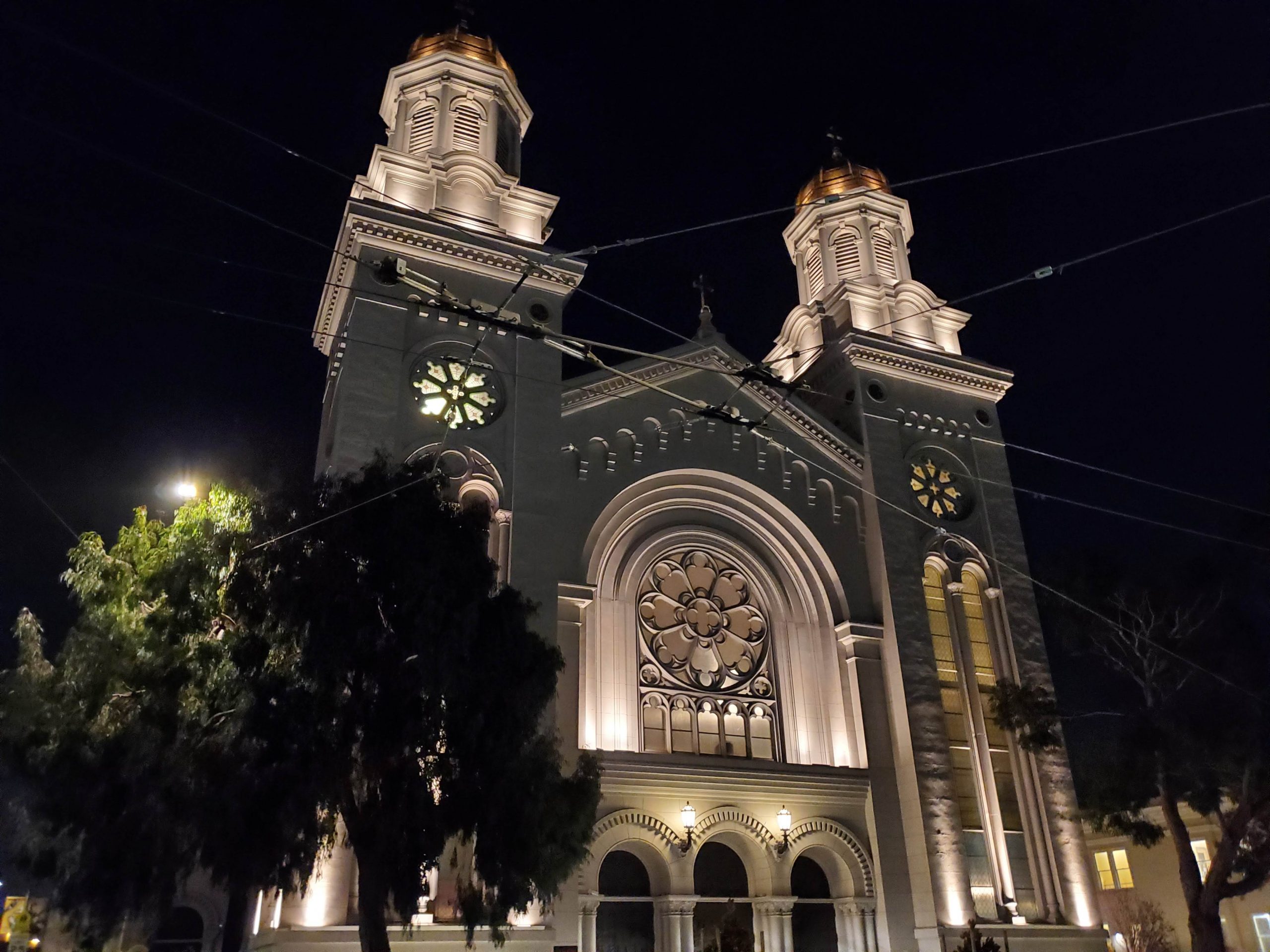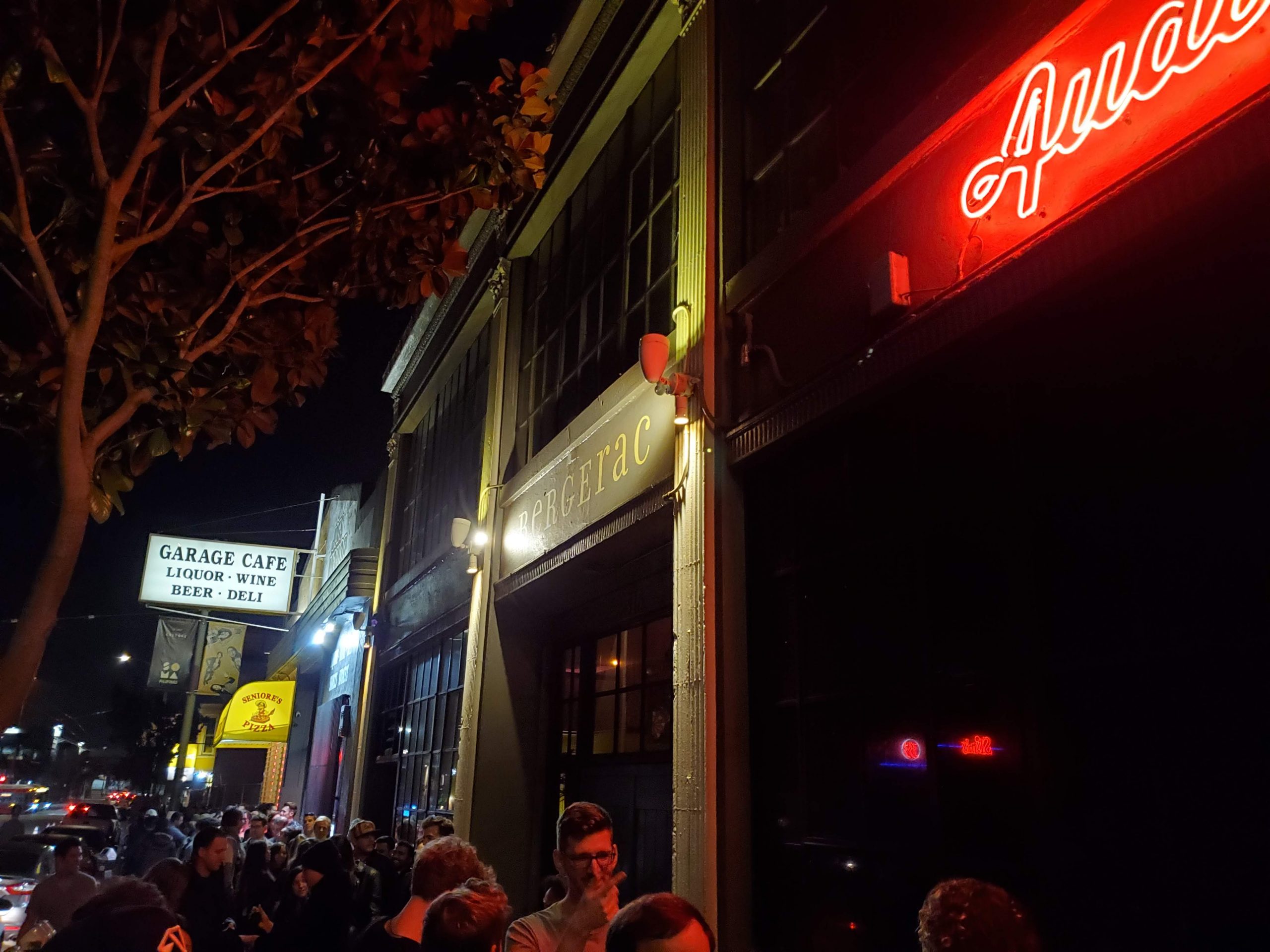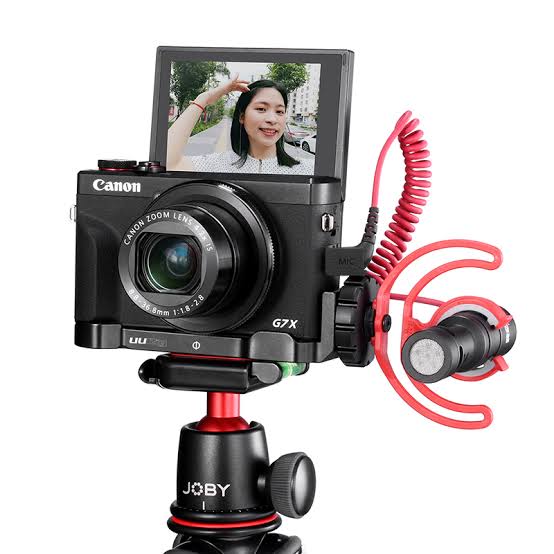Sometimes it’s drawn to my attention just how ridiculous my life can be. Some things which I’ve come to take as normal really just aren’t.
Most people don’t travel internationally multiple times each year (or even once a year, or every two), and when they do, most people pay for this. My side hustle as a journalist has allowed me to do a lot of this, and over the last couple of years, it’s almost become normal.
However, it’s possible to push the envelope, and I’ve done that with this review. Here’s how:
- For starters, we don’t often review cameras. I like to every so often, just to keep abreast of technology, but that’s about it.
- Secondly, we don’t get paid to review them (or anything else). Anything we do in the course of a review is something we’ve paid for ourselves.
- Thirdly, I could’ve done the average, boring camera review. This really isn’t that .. at all.
- Fourthly? I could’ve reviewed the camera here, in Australia. Instead, I booked a return flight to San Francisco and went to a nightclub to see two of my favourite DJs spin tunes for six hours. I reviewed the camera there.
So, freshly back in Australia from my bonkers review, here’s what I thought of Canon’s Powershot G7X Mark III.
What is it, exactly?
This is the third iteration of the Powershot G7X range. It features a 1-inch 20MP Stacked CMOS sensor and is squarely aimed at those looking for something a little more capable than the camera that comes in their smartphones.
With some core photography features that prosumers will want – a 24-100mm equivalent zoom and a bright F1.8-2.8 lens – the Powershot G7X is pitched as a great, general purpose camera for those wanting a little more, and especially those wanting to produce a lot of video. This is a vloggers delight.
Other key features include:
- Built-in ND filter
- Touch-screen which flips up and down for easy use
- 8fps burst shooting with auto-focus
- 4K 30p video recording (and 1080 60p as well)
- 3.5mm microphone socket
- Live streaming to YouTube
- WiFi and Bluetooth to pair with your smartphone
- 235 shots on a single charge (though, really, you can shoot a LOT more)
Like any compact camera, it’s extremely pocketable. Walking around San Francisco, I had it mostly stuffed in my jeans’ ass pocket, and later on, over my shoulder on a sling because it was pissing me off in my pocket.
The battery life was exceptional – I charged it once over the three day trip, and it uses USB-C PD standard chargers, so that meant just one charger to take care of my laptop, tablet, camera and mobile. Too easy!
What’s it good at?
This is a camera which just effortlessly takes good photos. With a 100mm equivalent optical zoom, it can achieve far more than your average smartphone and it’s not all that much larger for what you get. You can take beautiful portraits, landscape photos, day and night, and all the normal things you’d expect to be able to do with a camera.
At the end of the day, it’s a camera, and it’s rather good at taking photos.
In particular, I think it did a great job of landscapes and taking photos of beautiful things … and even ridiculously large sea birds.
Virtually every photo I took was with automatic settings. I didn’t often need to change anything much, and while the Powershot G7X Mark III has a range (and quite a big one) of special shooting modes, filters, scene settings and more … I just didn’t really need to use any of them. Probably the only one that got a workout was the HDR mode (for shooting dimly lit foregrounds against brighter backgrounds) but I was left feeling that smartphone HDR modes do a much better job than cameras do.
Of course, if you’re a pro photog, you can capture images in a variety of ways and do some magical things in post-production by editing for hours in Lightroom, for example. But that’s not me. I don’t often have hours, and I don’t often care to spend them editing photos when I do.
I’m more of a turn on camera, point and shoot kind of guy.
So wait, you took this thing 12,000 km away to shoot photos of a bird?
Not exactly.
Those who know me know I have a penchant for electronic music. In particular, deep / tech house music with a healthy dosage of break beats and basslines. I like a bit of everything, but one of my favourite labels is Anjunadeep, the off-shoot of Anjunabeats which is behind huge names like Above & Beyond and Gabriel & Dresden to name but two.
Anjunadeep, however, sprouts a deeper repertoire of artists, which isn’t quite so fast and trancy like Above & Beyond, but a bit slower and more rhythmical. Two of the most well-known artists on Anjunadeep are James Grant and Jody Wisternoff. Both have been around a while, and play some huge sets around the world year in and year out. I’ve been fond of Jody’s music for well on twenty years, and while I’ve known of James’ tunes for relatively less time, when these two gents play together, they produce some amazing music, and perform some incredible sets.
Some of my favourites over the last couple of years include:
If you’ve got six hours to spend, there’s some music you won’t soon regret… however, I digress.
Fact is, these dudes play music that’s right up my alley, but they don’t often come to Australia. As it happens, I had a bucketload of airline points to spend, and these guys were playing a nightclub event in San Francisco.
So, a quick booking and a $35 nightclub ticket later, and I was on my way.
Yeah, but … reviewing a camera in a nightclub?
Not exactly a traditional review.
First up, none of these photos were taken in daylight, in different environments or .. really .. with differing scenes. Fact is, I shot a thousand photos in a nightclub, a few videos, a couple of crowd shots, and spent six hours dancing my ass off. Occasionally, I stopped dancing long enough to shoot some photos, a video, and then carried on.
On the way to the event, as I walked from my hotel to the nightclub via Walgreens to grab a muffin to eat, I walked past this stunning church:

On arrival, I queued up with a few hundred of my (soon to be) closest friends. The 9.30pm start quickly became 10.00pm, and by that time, many hundreds of people were queued up down the block and round the corner.
 Once I got in side, I quickly found that the photographic opportunities quickly became far less. You see, in a dark, dimly lit environment with flashing lights and moving subjects, it’s a recipe for disaster.
Once I got in side, I quickly found that the photographic opportunities quickly became far less. You see, in a dark, dimly lit environment with flashing lights and moving subjects, it’s a recipe for disaster.
In these kinds of environments, you’ll get good photos if you:
- Use a flash, which allows a much quicker capture time, thus your subjects won’t blur.
- Wait for the lighting to be brighter, which allows a quicker capture time, and your subjects won’t blur much.
- Use a slower shutter speed, and a bright aperture, and hope for the best. Your subjects will often blur.
Using a flash wasn’t really an option, and while I got some photos while the lights were up, most of them were in the 3rd category and – thus – mostly blurry. This isn’t a criticism of the Canon Powershot G7X Mark III, rather a reflection of my relatively ordinary photography skills and an environment which just doesn’t lend itself to great photos.
That said, before things got too out of hand, I got a couple of nice photos which set the scene:
As the crowd built, though, taking photos became much harder. For starters, when you’re in a nightclub with extremely good music, there’s often people who want to dance, and they don’t dance over yonder .. no, they dance right next to you, and all around. This means you get jostled, bumped, and knocked about. Great fun if you’re having a killer night out, less fun if you’re trying to steady yourself for some night shots.
This meant that, for most of the evening, I didn’t really great photos. This was a function of being jostled, trying to stop dancing for long enough to get a photo, and frankly just being completely distracted.
What I really, really did enjoy though was the Canon Powershot G7X Mark III’s capability for videos. Yes, it’s billed as a vloggers camera, and – like most photographers – vloggers generally prefer to shoot their videos in slightly brighter daylight environments, not dark nightclubs.
In my case, I didn’t exactly vlog. I didn’t shoot videos of myself, but I did shoot some videos of the event itself, which turned out really rather well. It did take a little while to grab autofocus in some cases, but once it did, the videos it shot were perfectly useful, and the audio reproduction (for an on-board microphone) was excellent.
While many of the hundreds of photos I shot were pretty much useless, there were a good dozen or more which were quite epic, some of which I shared with the label for their own use in future promos (and thus I’ve not used those photos here). But the few I did capture, and the videos which captured some of the highlights for me musically, have perfectly captured some great memories for me.
And, after all, that’s what a camera exists to do.
Was there anything that you didn’t really like?
Probably the only thing I kind of wanted and didn’t have in the Powershot G7X Mark III was a built-in viewfinder. My go-to compact – a Sony Rx100 MK5 – has a build-in viewfinder for when you want to line up your shots at eye height without doing it using a larger viewing screen. Granted, I don’t use the EVF often, but you do miss it with the Canon.
Really, though, that’s about it.
Should you buy one?
Everything else about the Powershot G7X series camera was excellent. A “big camera” software experience, tuned to work on a compact. A great multi-function lens that did well in virtually every scenario. A huge touch-screen for lining up, reviewing and even tuning photos. WiFi and Bluetooth sharing to easily get photos from the camera, into my phone and into Google Photos. USB-C charging for idiot-proof operation.
Unless you really need a big, full-frame DSLR style camera, the Powershot G7X Mark III can meet your needs, and if you’re really into some prosumer level video production, this really can shoot some excellent video in great quality without needing any real production skills. While there’s no hotshoe for accessories, there’s a range of 3rd party accessories which fill the void, and some are very, very creative, such as this:
 For all of this, the best bit is the price. Released late last year, Canon’s Powershot G7X Mark III retails for between $800 and $1000, depending on where you go shopping. This is not your cheap compact, but it’s not an expensive DSLR either, and for pro compacts you can certainly spend a lot more. The current generation Sony RX100 (Mark 7) is the closest pro-consumer camera I can think of, and it’s nigh on double the price. It can do a little more – it has a greater zoom, for example, as well as a built-in viewfinder – but it has some letdowns as well (Micro USB charging is an annoyance).
For all of this, the best bit is the price. Released late last year, Canon’s Powershot G7X Mark III retails for between $800 and $1000, depending on where you go shopping. This is not your cheap compact, but it’s not an expensive DSLR either, and for pro compacts you can certainly spend a lot more. The current generation Sony RX100 (Mark 7) is the closest pro-consumer camera I can think of, and it’s nigh on double the price. It can do a little more – it has a greater zoom, for example, as well as a built-in viewfinder – but it has some letdowns as well (Micro USB charging is an annoyance).
They both share in a few disappointments vs a higher-end DSLR or bigger-frame camera. There’s no hot-shoe accessory port for flashes, microphones and the like, and their small size means battery capacity (especially for video recording) can be a bit limiting.
If you ask me, though, if you don’t need a DSLR it’s a waste having and carrying one around. It’s often said the best camera is the one you have with you at the time, and a compact makes it much easier to have a good camera around. These can easily be held, used and carried with one hand, in a pocket, a handbag or around your neck, and that makes them stupidly accessible.
So yes, if you want something that can shoot a bit better than a smartphone at twice the price, but you don’t fancy lugging around a huge pile of glass and electronics that is a DSLR … Canon’s Powershot G7X Mark III is an awesome little camera.
















Wish Google would partner with a camera manufacturer and make a “Pixel” branded camera with just enough processing power to run the Google camera algorithms.
Yep, 100% agree. As good as dedicated cameras are, they lack the advances made in computational photography which make phones like the Pixel so damned good at capturing our lives.